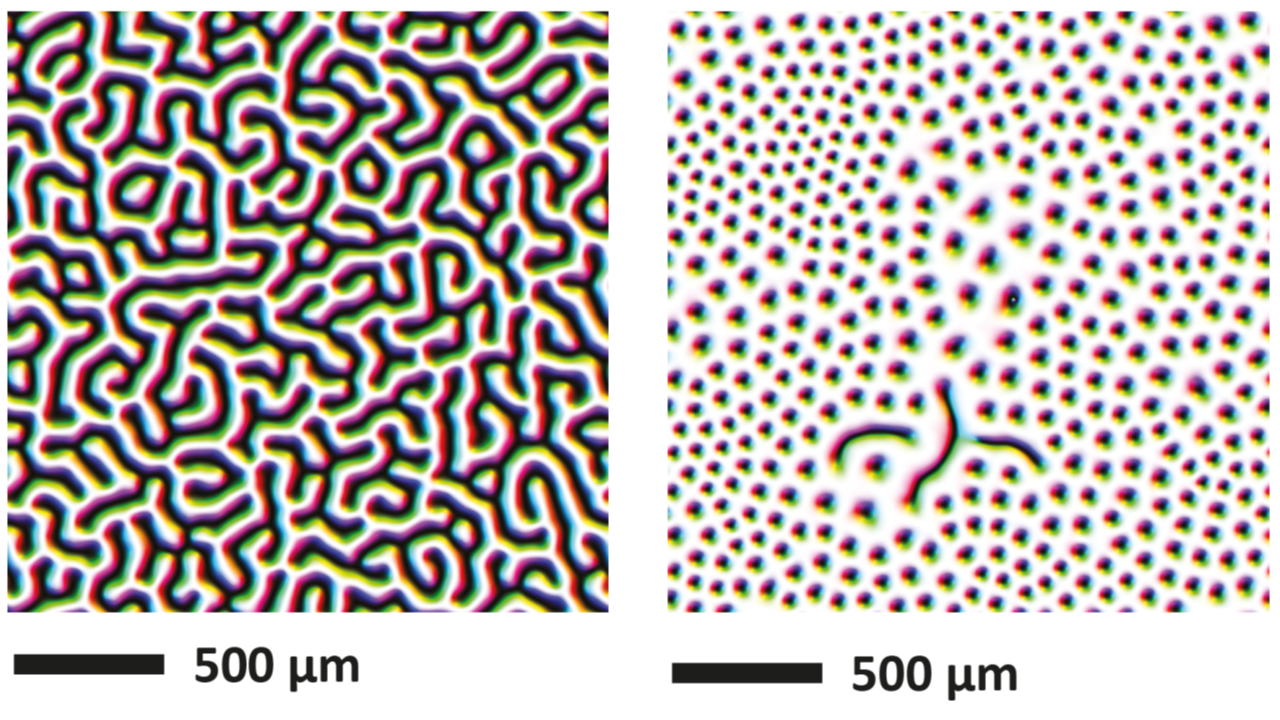Spin dynamics of hybrid skyrmion-magnon solitons
The transport and manipulation of magnetic texture offers a promising pathway for future information storage and transfer with enhanced functionality. Nanoscale, topologically protected magnetic whirls called skyrmions are particularly intriguing for this purpose.
| The realization of skyrmionic devices relies on understanding and manipulating skyrmion dynamics. Broadband magnetic resonance is an established tool for spectroscopy of magnetically ordered thin films. This technique has already shown its potential for the investigation of skyrmion and helimagnon dynamics in isolated chiral magnets. Ferromagnetic multilayers form the basis of today’s spintronic devices and multilayers of chiral magnets and ferromagnets may be similarly important in future skyrmionic devices. However, such hybrid multilayers have rarely been experimentally studied so far. In this project, we will exploit static and dynamic coupling of spin texture and dynamics in these chiral magnetic thin film heterostructures to generate novel topological ground states, interactions and excitations. In particular, static coupling can be mediated by exchange interactions, while dynamic coupling will also arise due to spin current flow across the chiral magnet/ferromagnet interface. We will use broadband magnetic resonance spectroscopy to quantify spin dynamics at the crossing of ferromagnet and chiral magnet dispersions. In this way, we will investigate the potential of exciting dynamics of novel hybrid skyrmion-magnon modes. Furthermore, at the ferromagnet/chiral magnet interface, exotic topological structures such as skyrmion cones are predicted to emerge. These topological solitons are fundamentally interesting and might have great application potential and intriguing dynamic properties, which we will explore. A novel two-tone microwave spectroscopy method will be employed for the study of nonlinear interactions between skyrmion and magnon excitations in these multilayers. These nonlinear interactions might be useful to control, e.g. magnetic damping of skyrmion excitations.Finally, we will use travelling spin wave spectroscopy to study magnon propagation in the presence of an adjacent skyrmion lattice, which can serve as a natural nanoscale magnonic grating coupler and magnonic crystal. These experiments unite the disciplines of magnonics and skyrmionics. |
Gross, Rudolf
Weiler, Mathias

